Catch and Release Done Right: A Step-by-Step Guide
Fishing is not just about the thrill of the catch—it’s also about conservation and respect for aquatic ecosystems. Catch and release fishing has become an essential practice for preserving fish populations and ensuring sustainable recreational fishing for future generations. When done correctly, it allows anglers to enjoy their sport while minimizing harm to fish. However, improper handling during catch and release can significantly reduce a fish’s chance of survival, negating the conservation benefits. This comprehensive guide walks you through the proper techniques and considerations for catch and release fishing, helping you become a more responsible angler while still enjoying your time on the water.
Understanding the Importance of Proper Catch and Release

Proper catch and release practices are crucial for maintaining healthy fish populations and sustainable fisheries. Research shows that with correct handling techniques, survival rates of released fish can exceed 90%, but poor practices can drop this rate to below 50%. Each fish that survives after release contributes to the reproductive capacity of its species, helping to ensure abundant fish stocks for years to come. Additionally, practicing ethical catch and release demonstrates respect for nature and acknowledges our responsibility as stewards of aquatic environments. By mastering these techniques, you’re not just becoming a better angler—you’re actively participating in conservation efforts that benefit entire ecosystems.
Selecting the Right Gear for Catch and Release

The equipment you choose significantly impacts the success of catch-and-release fishing. Opt for circle hooks whenever possible, as they typically hook fish in the corner of the mouth rather than becoming deeply embedded in the throat or gut, making removal easier and less traumatic. Consider using barbless hooks or crimping the barbs on your existing hooks to minimize tissue damage during hook removal. When targeting larger species, use appropriate tackle strength to prevent exhausting the fish during a prolonged fight, which can build up fatal levels of lactic acid in their muscles. Finally, keep landing nets with rubber or knotless mesh on hand, as these materials are gentler on a fish’s protective slime coating compared to traditional knotted nylon nets.
Planning for a Successful Release
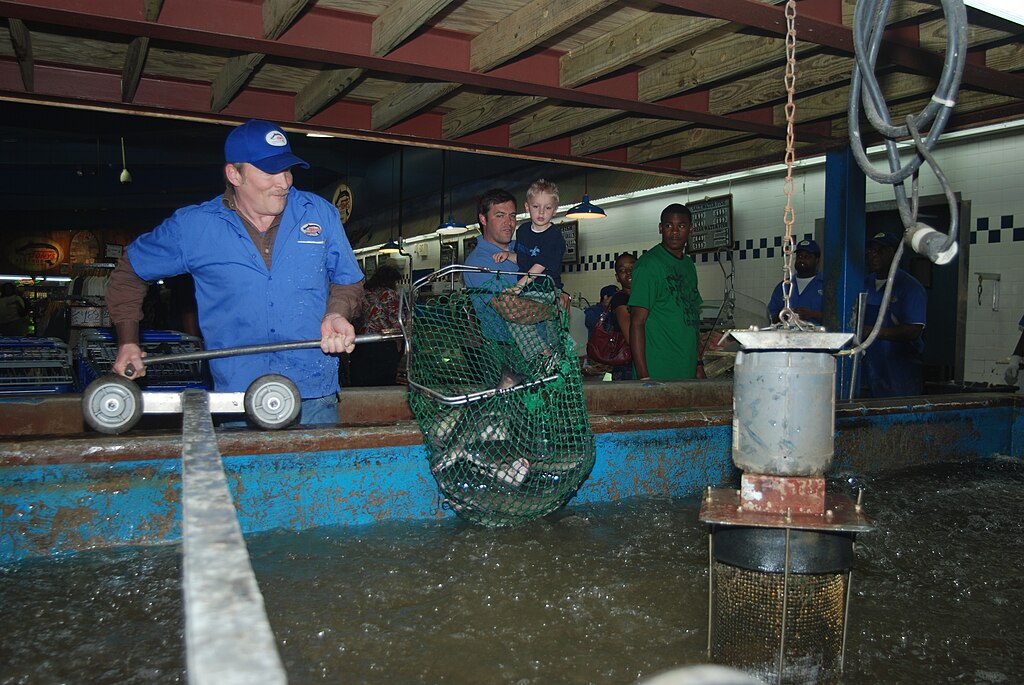
Preparation before you even cast your line can dramatically improve release outcomes. Have all release tools readily accessible in a fishing vest or tackle box, including long-nose pliers, hook removers, and dehooking devices appropriate for your target species. Consider the water temperature before fishing, as fish caught in warmer water experience greater stress and higher mortality rates after release. During summer months, fish early or late in the day when water temperatures are cooler, and avoid targeting sensitive species during extreme heat. Research any special handling requirements for your target species, as some fish have particular vulnerabilities or handling needs that can affect their post-release survival.
Fighting the Fish Effectively

How you fight a fish significantly affects its chances of survival after release. Aim to bring the fish in as quickly as possible without overtiring it, using appropriate tackle for the species and size you’re targeting. Avoid completely exhausting the fish during the fight, as this builds up lactic acid in its muscles and can lead to delayed mortality even after a seemingly successful release. Keep the fish in the water as much as possible during the fight, and try not to pump the rod excessively, which can cause additional stress. For larger species like muskie or pike, consider intermittently giving the fish a rest during the fight by pointing your rod at the fish momentarily to reduce pressure, allowing it to recover some energy before the final stages of landing.
Proper Landing Techniques
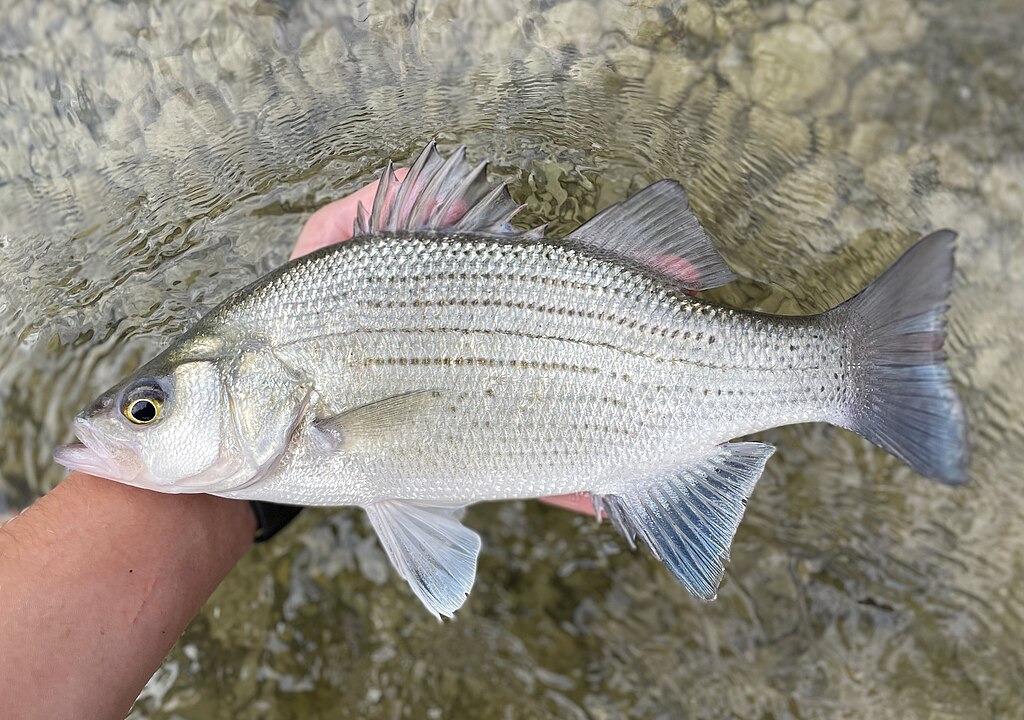
The moment of landing is critical in catch-and-release fishing and requires careful attention to minimize harm. Whenever possible, avoid removing the fish from water completely—instead, use a landing net and keep the fish partially submerged while you prepare for hook removal. If you must lift the fish out of water, wet your hands first to protect its slime coating, which acts as a barrier against infection and parasites. Support the fish’s weight horizontally with both hands, one supporting the belly and the other gently cradling the area just behind the gills, being careful not to squeeze the gill plates or internal organs. For larger species, consider using a landing cradle or large rubber net that supports the fish’s full body length and weight evenly, preventing spinal injuries that can occur when fish are improperly lifted.
Hook Removal Best Practices
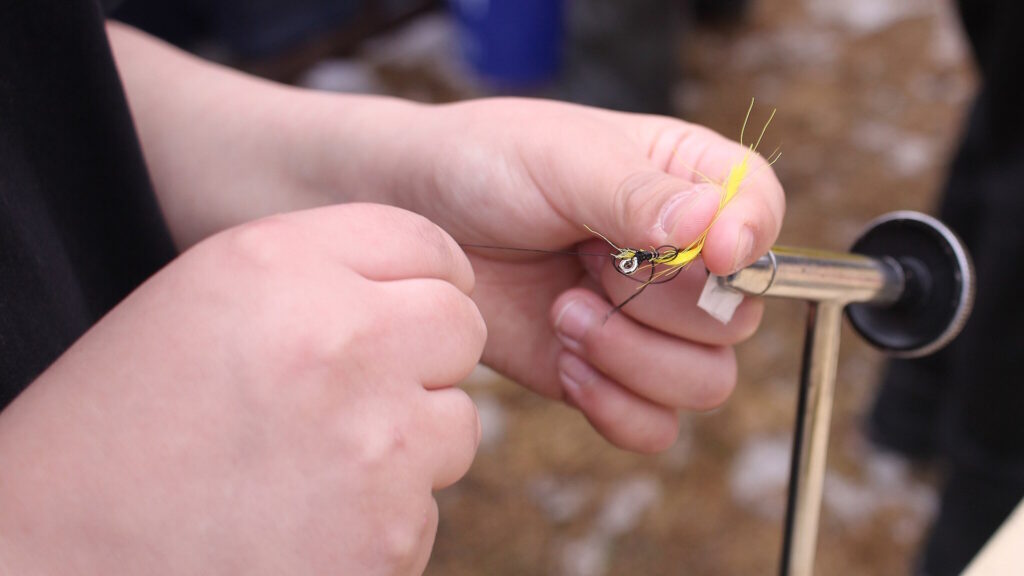
Removing hooks quickly and with minimal damage is essential for successful catch and release. Use needle-nose pliers or a specialized hook remover to back the hook out along the same path it entered, minimizing additional tissue damage. If a fish is deeply hooked in the throat or gills and the hook cannot be easily removed, cut the line as close to the hook as possible rather than risking fatal injury through forced removal—many hooks will dissolve or work themselves out over time. For treble hooks, compress the barbs before fishing or replace them with single hooks to make removal easier and less damaging. When dealing with toothy species like pike or muskie, long-handled hook removers and jaw spreaders can help keep both you and the fish safe during the unhooking process.
Handling Fish with Care
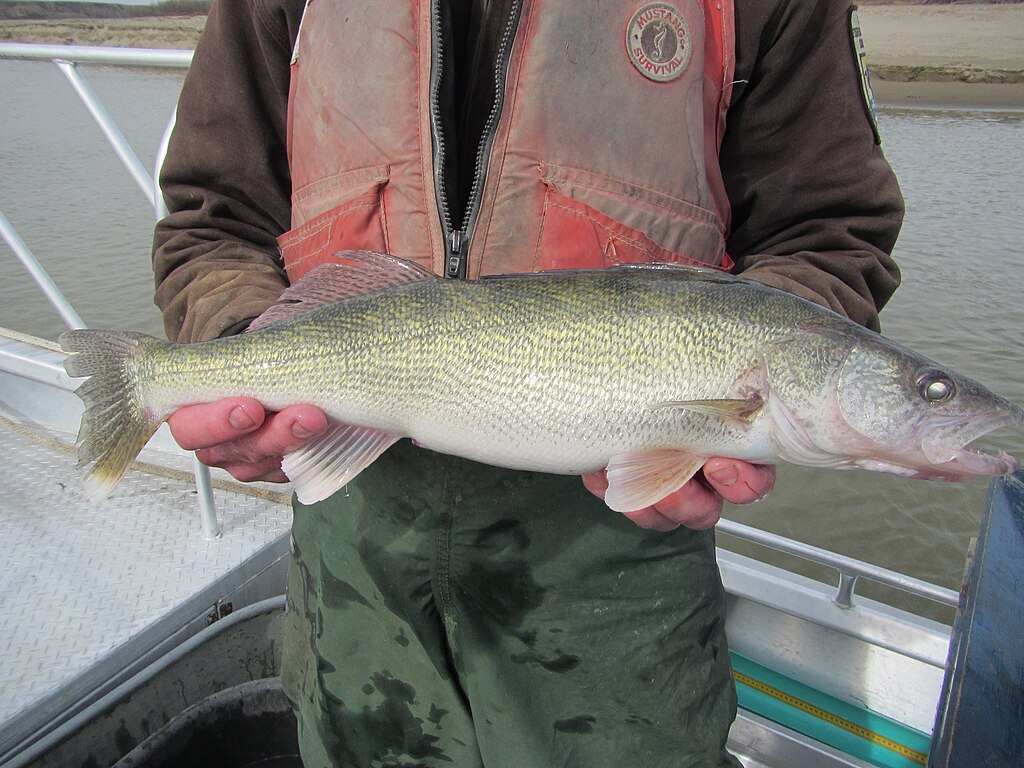
How you handle a fish out of water can make the difference between a successful release and a fatality. Minimize the time the fish spends out of water—aim for less than 60 seconds, with 30 seconds or less being ideal for sensitive species. Never touch a fish’s gills, as they are extremely delicate and essential for oxygen absorption; damage to the gills can lead to delayed mortality. Avoid placing fish on dry surfaces like boat decks, rocks, or sand, which can remove their protective slime coat; instead, use a wet towel or rubber mat if the fish must be temporarily placed down. For species with teeth or spines, learn proper handling techniques specific to that species before fishing, such as lip-gripping devices for bass or holding catfish behind the pectoral fins to avoid their sharp spines.
Photography Considerations
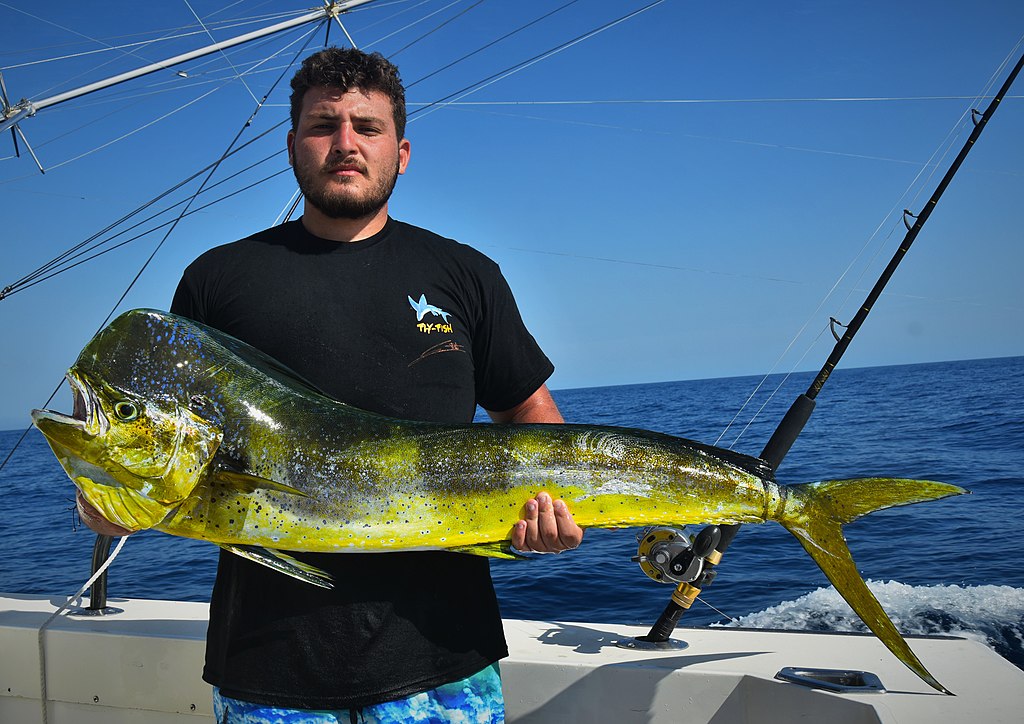
Many anglers want to document their catch, but photography must be done quickly and responsibly to ensure fish survival. Plan your photo setup before landing the fish, with the camera ready and settings adjusted to minimize handling time. Hold the fish horizontally with wet hands, supporting its weight properly rather than dangling it vertically by the jaw, which can damage internal organs and spinal alignment, particularly in larger fish. Keep the fish partially in the water between shots if taking multiple photos, allowing it to breathe. For larger species like muskie or pike, consider taking photos with the fish still in the water using a landing cradle, which eliminates air exposure while still allowing for a memorable image.
Reviving Exhausted Fish
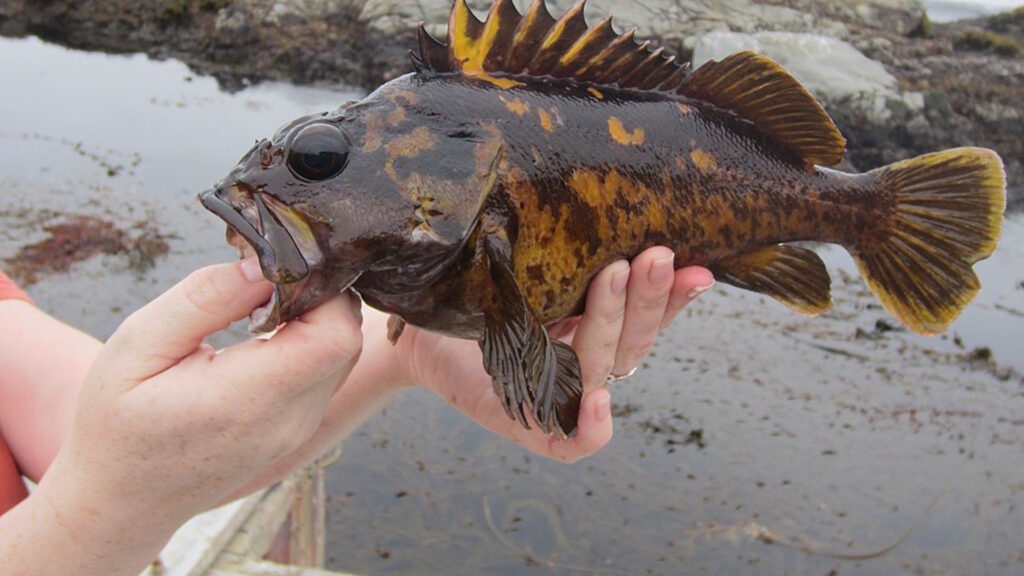
Fish often need recovery time before swimming away strongly, especially after a prolonged fight. Hold the fish gently in the water, facing into the current, which helps oxygen-rich water flow over its gills. Watch for regular gill movement as a sign the fish is breathing properly and recovering. Gently move the fish forward in a figure-eight pattern if there’s no natural current, creating water flow over the gills, but never move the fish backward as this can damage gill structures. Be patient during revival—some fish may need several minutes to recover, particularly in warmer water conditions when oxygen levels are lower. Only release the fish when it shows strong signs of recovery, such as maintaining its balance and eventually swimming away under its power.
Special Considerations for Different Species
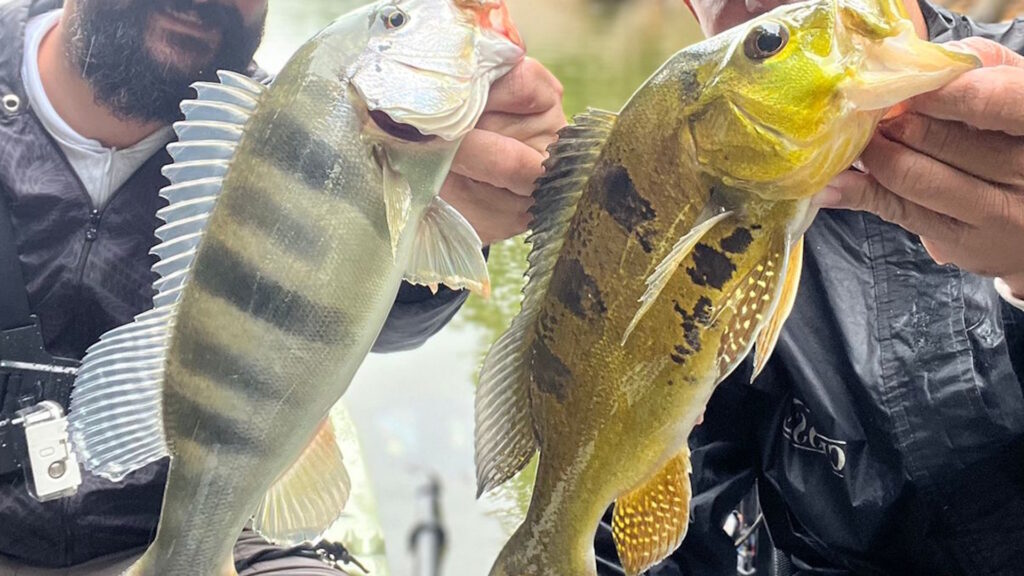
Each fish species has unique characteristics that require specific handling techniques for successful release. Bass should be supported by the lower jaw with your thumb in the mouth, but larger bass need additional body support to prevent jaw damage. Trout have extremely delicate scales and slime coating, making wet hands and minimal handling essential; additionally, they should never be squeezed as their internal organs are easily damaged. Pike and muskie require careful handling of their sharp teeth and gill plates, often necessitating jaw spreaders and long-nosed pliers. For deep-water species like walleye or lake trout that experience barotrauma (pressure-related injuries) when brought up quickly from depth, consider using a descending device to return them to proper depth gradually, allowing their swim bladders to recompress.
Seasonal Considerations for Catch and Release
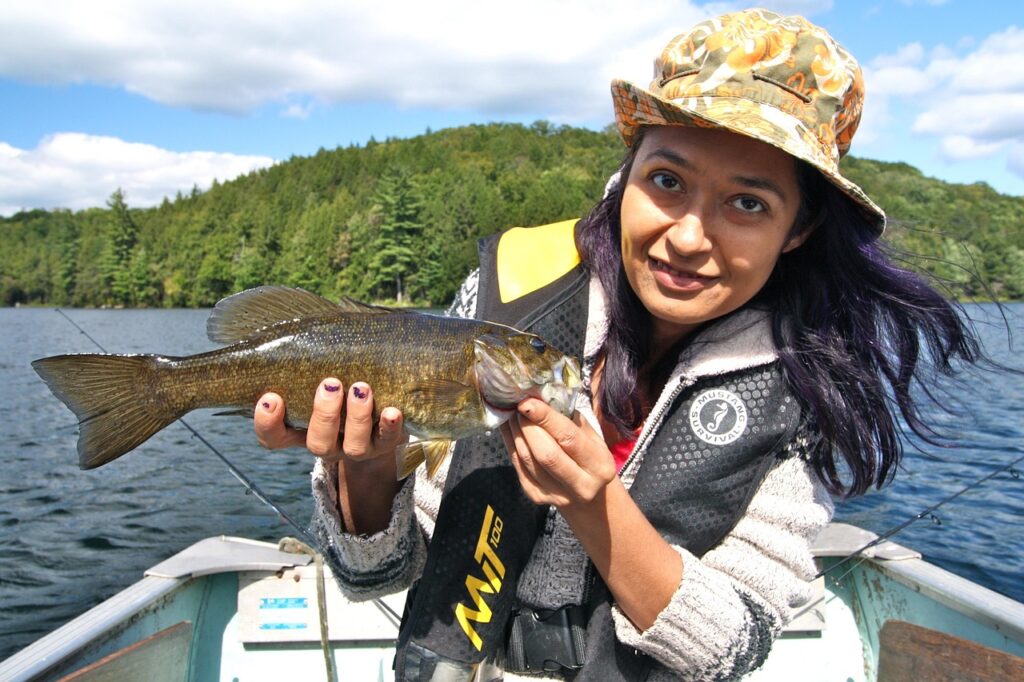
The time of year significantly impacts how fish respond to the stress of being caught and released. During spawning seasons, consider avoiding targeting breeding fish entirely, as the stress can cause them to abandon nests and reduce reproductive success. In summer months, when water temperatures exceed 75°F (24°C) for cold-water species like trout, or 85°F (29°C) for warm-water species like bass, mortality rates after release increase dramatically; consider fishing during cooler early morning hours or switching to species less affected by warm water. Winter fishing presents its challenges, as extremely cold air can cause eye and gill damage if fish are exposed; keep fish in the water as much as possible during cold weather. Additionally, be aware that fish metabolism changes seasonally, affecting how quickly they recover from the stress of being caught—allow extra revival time during colder months when fish are naturally more sluggish.
Ethical Considerations Beyond Technique
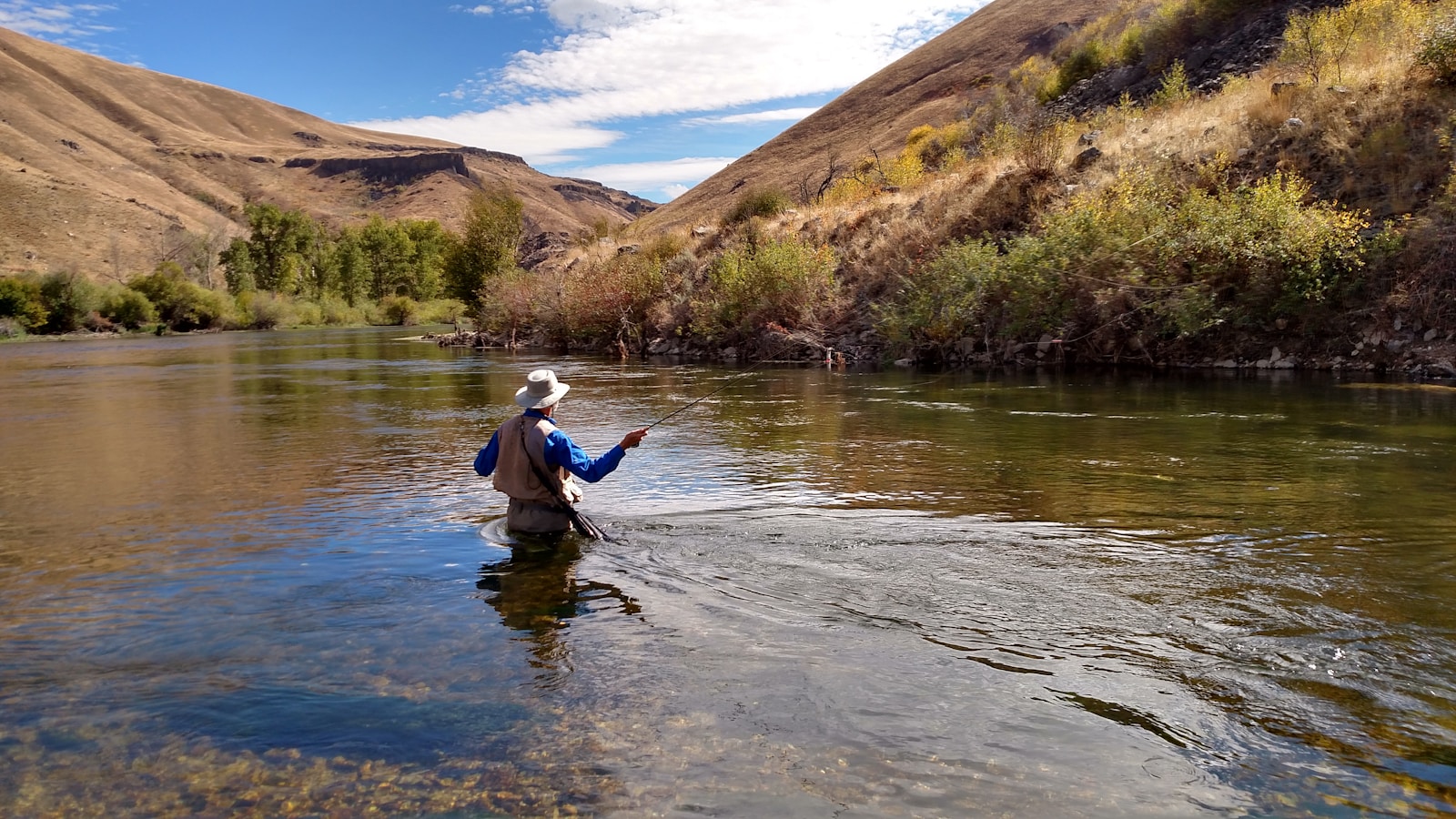
Proper catch and release extends beyond physical handling techniques to broader ethical considerations about when and where to fish. Consider avoiding fishing in areas where fish are already stressed by low water levels, high temperatures, or other environmental pressures. Recognize that some fish, particularly those caught from extreme depths or those that have been exhaustively fought, may have such low survival prospects that harvest might be more ethical than release if regulations permit. Educate fellow anglers, especially beginners, about proper catch and release practices in a supportive and non-judgmental way to spread these conservation-minded approaches. Finally, consider participating in citizen science programs that track fish populations or report tagged fish, turning your fishing experience into valuable data that can help fisheries managers make informed conservation decisions.
Continuous Learning and Improvement
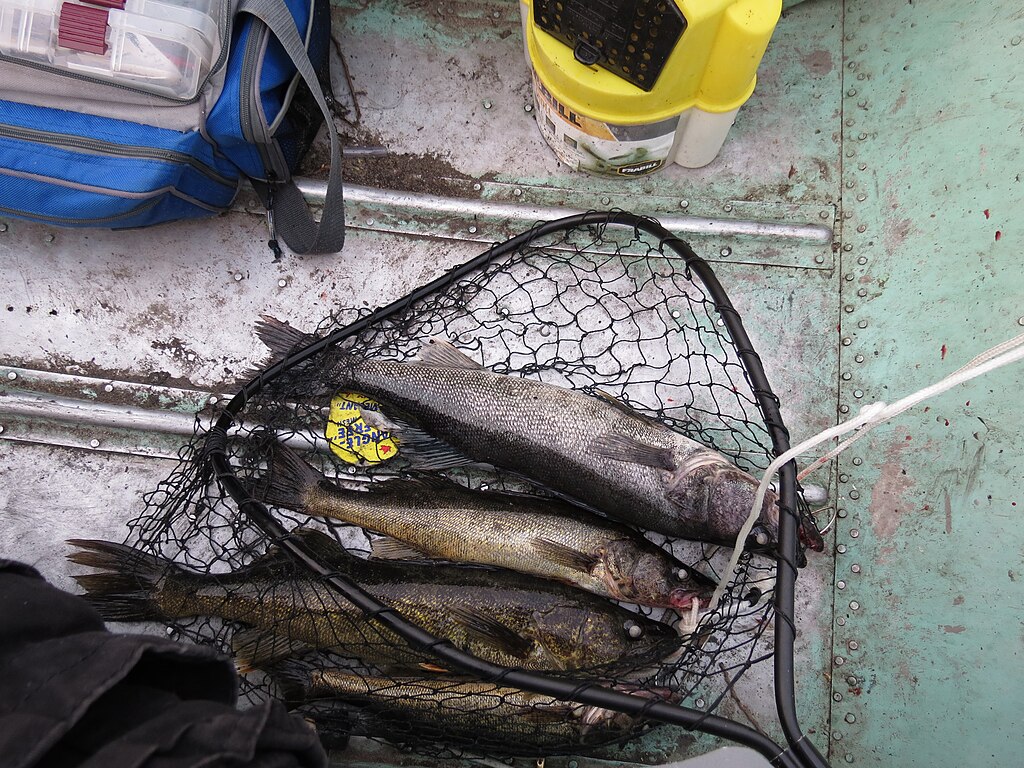
The science and best practices of catch and release fishing continue to evolve as researchers learn more about fish physiology and stress responses. Stay current with the latest research by following conservation organizations, fisheries departments, and scientific publications focused on recreational fishing impacts. Attend workshops or online seminars offered by fishing organizations or conservation groups that focus on species-specific release techniques. Consider filming your catch-and-release process occasionally to review your technique and identify areas for improvement. Remember that becoming proficient at catch and release is a continuous journey of learning and refinement, with each fishing trip offering an opportunity to hone your skills and reduce your impact on the resource you enjoy.
Conclusion

Catch and release fishing, when done properly, represents the perfect balance between enjoying the sport of fishing and conserving aquatic resources for future generations. By following the techniques outlined in this guide—from selecting appropriate gear and planning to proper fish handling and revival—you can dramatically improve the survival rates of the fish you release. Remember that each successful release isn’t just about that individual fish, but about maintaining healthy populations and ecosystems. As anglers, we have a responsibility to be stewards of the waters we fish and the species we target. The extra effort required for proper catch and release is minimal compared to the significant conservation benefits it provides. By committing to these practices and continuously improving your techniques, you become part of the solution to sustainable fishing that can be enjoyed for generations to come.
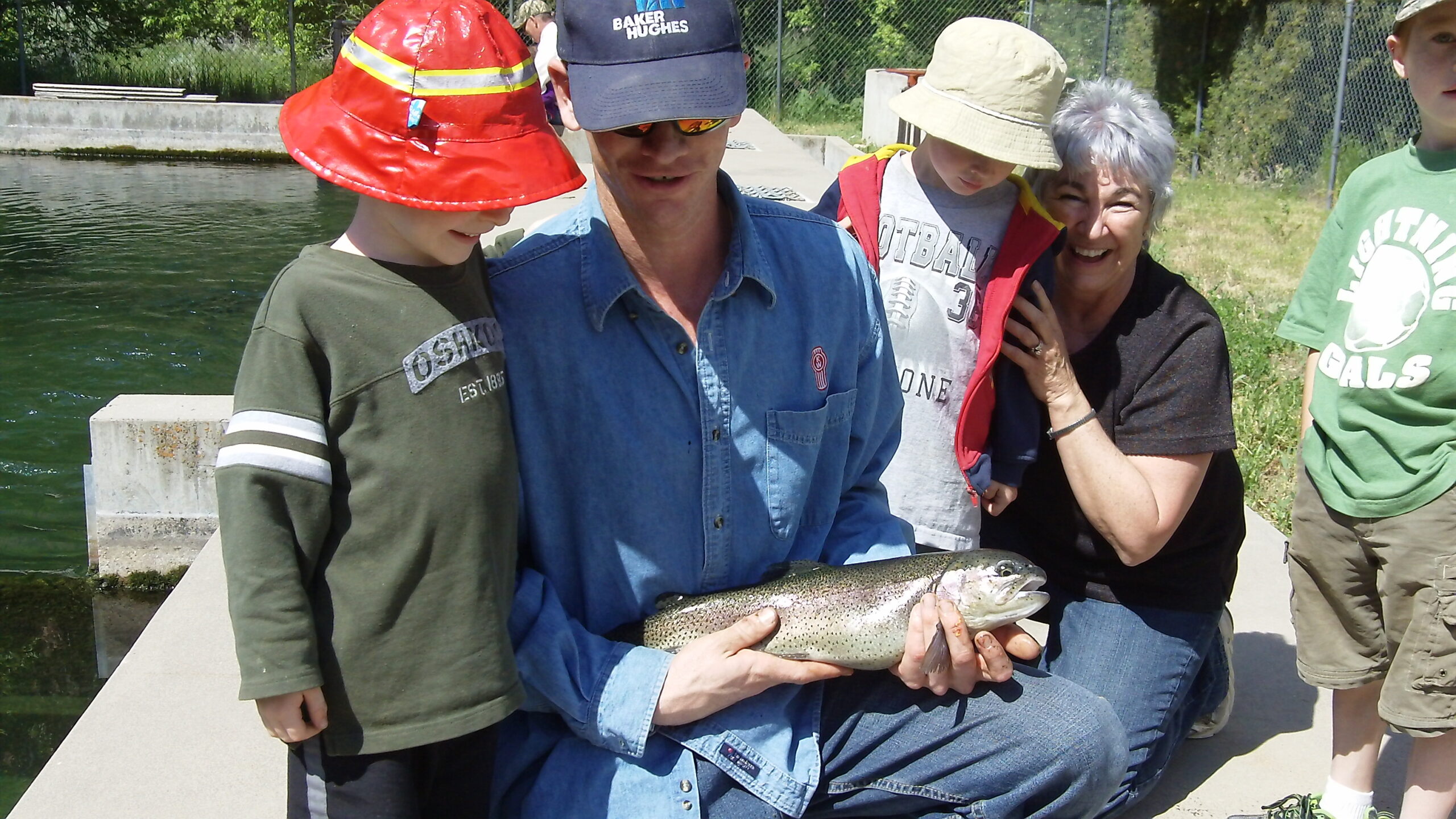
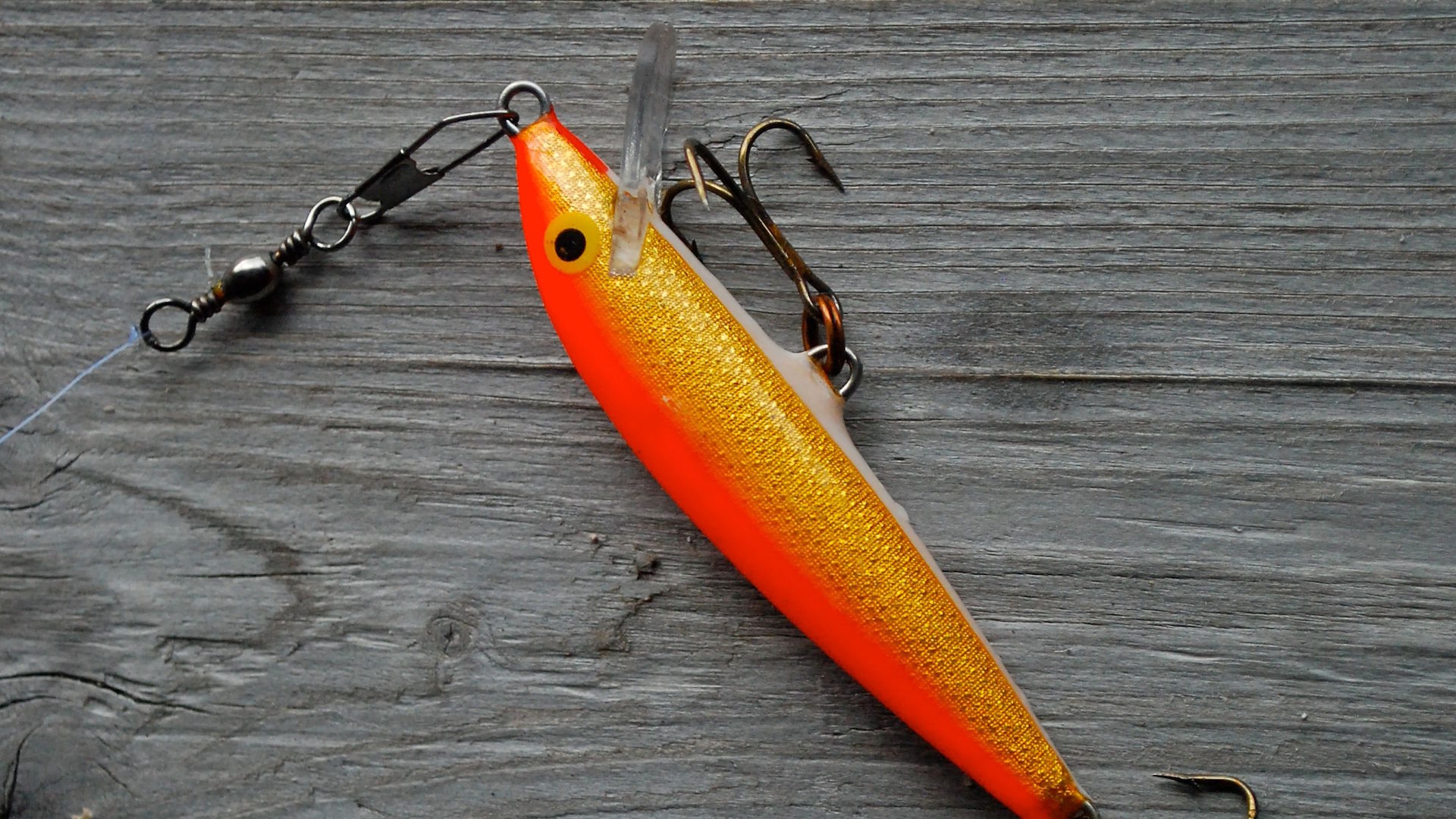












Post Comment